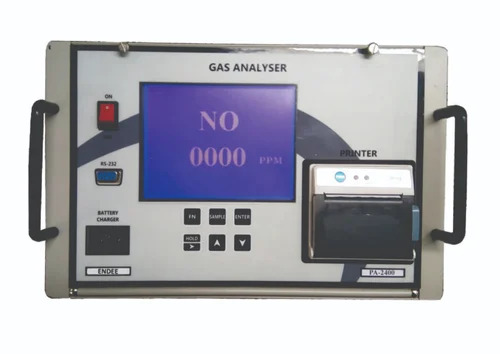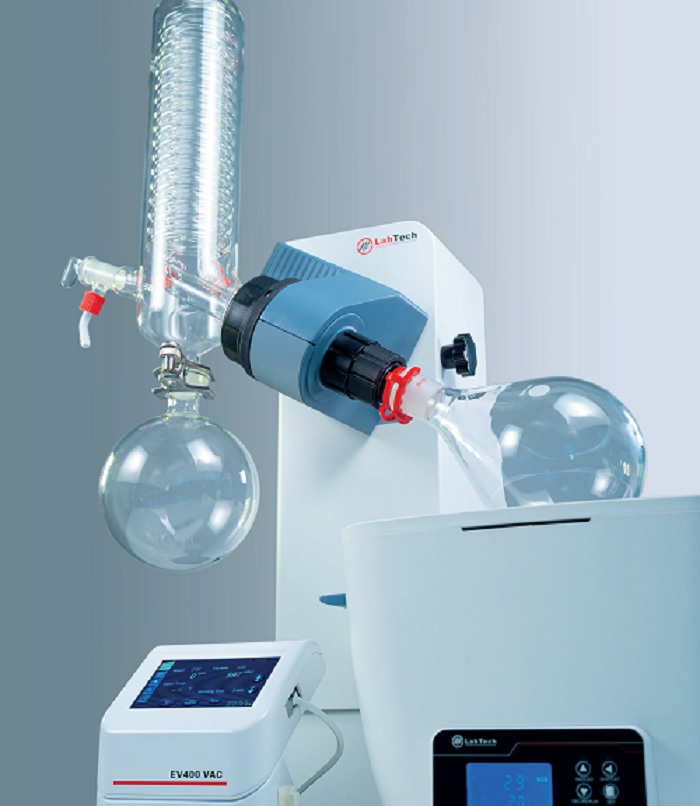FREEZE DRYER & COOLING TRAP
Price 1150000.0 INR/ Number
FREEZE DRYER & COOLING TRAP Specification
- Power Supply
- Electric
- Display Type
- Digital
- Size
- Standard
- Color
- White
- Application
- Laboratory
- Warranty
- 1 Year
FREEZE DRYER & COOLING TRAP Trade Information
- Minimum Order Quantity
- 1 Number
- Supply Ability
- 1000 Per Month
- Delivery Time
- 7 Days
About FREEZE DRYER & COOLING TRAP
The freeze drying process consists of three stages: pre-freezing, primary drying, and secondary drying. Pre-freezing: Since freeze drying is a change in state from the solid phase to the gaseous phase, material to be freeze dried must first be adequately pre-frozen. The method of pre-freezing and the final temperature of the frozen product can affect the ability to successfully freeze dry the material. Rapid cooling results in small ice crystals, useful in preserving structures to be examined microscopically, but resulting in a product that is more difficult to freeze dry. Slower cooling results in larger ice crystals and less restrictive channels in the matrix during the drying process. Products freeze in two ways, depending on the makeup of the product. The majority of products that are subjected to freeze drying consist primarily of water, the solvent, and the materials dissolved or suspended in the water, the solute. Most samples that are to be freeze dried are eutectics which are a mixture of substances that freeze at lower temperatures than the surrounding water. When the aqueous suspension is cooled, changes occur i n the solute concentrations of the product matrix. And as cooling proceeds, the water is separated from the solutes as it changes to ice, creating more concentrated areas of solute. These pockets of concentrated materials have a lower freezing temperature than the water. Although a product may appear to be frozen because of all the ice present, in actuality it is not completely frozen until all of the solute in the suspension is frozen. The mixture of various concentration of solutes with the solvent constitutes the eutectic of the suspension. Only when all of the eutectic mixture is frozen is the suspension properly frozen. This is called the eutectic temperature. It is very important in freeze drying to pre-freeze the product to below the eutectic temperature before beginning the freeze drying process. Small pockets of unfrozen material remaining in the product expand and compromise the structural stability of the freeze dried product. The second type of frozen product is a suspension that undergoes glass formation during the freezing process.


Price:
- 50
- 100
- 200
- 250
- 500
- 1000+
More Products in Laboratory Instruments Category
Rotary Ivaporator
Price 512000.0 INR / Piece
Minimum Order Quantity : 1 Piece
Color : White
Warranty : 1 Year
Application : Solvent recycling Solvent distillation Powder drying Chemical synthesis Extraction Research Active agent concentration Vacuum distillation of sensitive substances Liquid mixture separation
Voltage : 220 Volt (v)
Gas Analyzer
Price 225000 INR / Piece
Minimum Order Quantity : 1 Piece
Color : White
Warranty : Yes
Voltage : 220 Volt (v)
Mini Cetrifugue Machine
Price 39930 INR / Piece
Minimum Order Quantity : 1 Piece
Color : Silver
Warranty : Yes
Application : Ideal for your field work The Thermo Scientific(TM) mySPIN(TM) 6 Portable Kit, which consists of the mySP
Voltage : 220 Volt (v)
Rotary Evaporator
Price 512000.0 INR / Piece
Minimum Order Quantity : 1 Piece
Color : White
Warranty : 1 Year
Application : Laboratory

 Send Inquiry
Send Inquiry






 Send Inquiry
Send Inquiry Send SMS
Send SMS